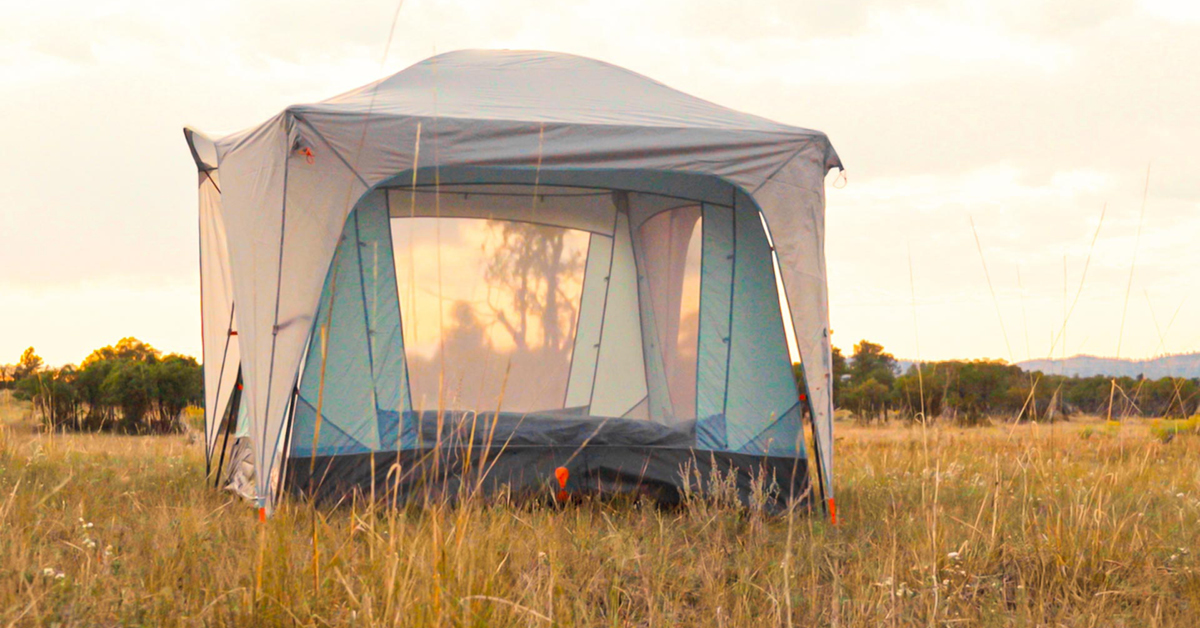The Importance of Ego Management in Outdoor Pursuits
Outdoor Activities | March 25, 2024
Win a trip to Crete by becoming an Explore + member
SAIL
June 4, 2021

Let’s set the scene: You’ve just pitched your tent and unrolled your camping mat. You’re looking forward to resting and enjoying the peacefulness all around you, when…you hear a faint buzzing sound near your ear. Just like that, a mosquito has made its way into your space. For tips on how to keep these pesky little creatures away, check out our blog full of tips on mosquito repellent and more so that your outdoor adventures are as pleasant as possible.
The government of Canada’ website includes tons of information about how to stay mosquito safe, as well as information about how to keep away other kinds of insects and pests. These little stingers make the lives of outdoor lovers a little more complicated, and they can sometimes cause serious illnesses. Happily, the risk of getting the West Nile virus from a mosquito bite – or even Lyme disease from tick bites – is low, but it never hurts to be well informed…and well prepared.
Mosquitoes usually thrive in stagnant or low-flowing water. They’re around all day and can bite without warning, but dawn, dusk, and hot days are prime times when they appear more numerous and ravenous than usual.
Lastly, it’s the females that bite in order to feed off of human or animal blood – a necessary element in the production of eggs.
Although natural predators like frogs, dragonflies, and fish help to relieve us of some mosquitoes by feasting on them, there are always a few that manage to sneak up to a patch of skin. The following methods, though not foolproof, contribute greatly to reducing the risk of bites, and the itching that results from them.
Not to be mistaken for pesticides that are used to exterminate insects, mosquito repellents do just that: repel them. They’re offered in different forms – creams, sprays, towelettes, etc. – and made up of either DEET (N,N-Diethyl-meta-toluamide), P-Menthane-3, 8-diol, citronella, or a mix of natural essential eucalyptus or geranium oils.
They repel different insects according to their ingredients, including mosquitoes, black flies, ticks, horseflies, and others.
They’re effective for several hours and can, for the most part, be applied to the skin and clothing. It’s one of the safest and most effective ways to fight off these insects. The only negative: they aren’t always recommended for children or babies.
There are mosquito net shelters and even chairs with a mosquito net if you just want to picnic, sit outside, or sleep under the stars without having to spray yourself with insect repellent. It’s also a safe way to protect children and babies who cannot wear insect repellents.
Convenient for fishing, hunting, hiking and camping, mosquito nets are now much more sophisticated. You can also find clothing, accessories, and even camping furniture that help form barriers against mosquitoes. Wear a hat or cap if you prefer not to apply insect repellent to your face. You can also opt for pants or a jacket to be well-covered.
Clothing that isn’t too tight creates a physical barrier between you and the material and prevents mosquitoes from biting you through your clothes. Choose light-coloured clothing and make sure that your ankles, neck, and wrists aren’t exposed.
The Thermacell® brand offers products with unique technologies that repel insects at a distance of approximately 4.5 m (15 ft) around the device. Most devices are mobile and are battery-powered. You can bring them anywhere and protect yourself while lounging on your balcony, walking in the woods, or relaxing at the cottage.
DEET is a powerful, long-lasting insect repellent that is safe when applied correctly. It is available in different strengths up to 30%. Follow the instructions carefully and avoid applying it under clothing or near materials such as varnish or rayon. Clean your skin well at the end of the day.